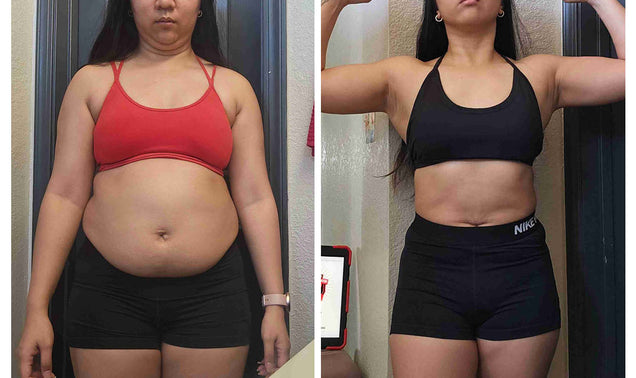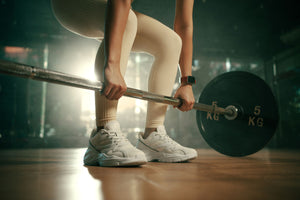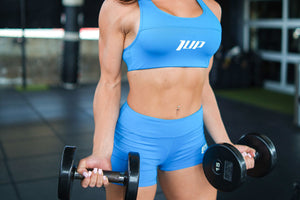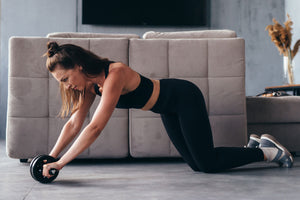Being safe and sure is always the best policy when doing anything. In fitness, there are variables and situations where a person must abstain from doing certain movements or motions. Many times, this is because in some way structurally the person is at risk of harming themselves or even worse, exasperating a current injury or condition.
There are many situations where a person is limited to certain movements because of some kind of cervical (neck/spine) injury or condition. With this kind of limitation, and kind of pressure on the spine, especially the cervical part, needs to be avoided. This usually means that all overhead movements should be avoided at all costs.
The following is some things to look for in regard to avoiding overhead movements:
- Pain in neck or between shoulder blades
This is not just pain that occurs when lifting, but a constant pain as well. This kind of pain can reveal that there is an issue in your neck or back that you may need to be cautious of. Working out may be a risk in general, but make sure that you avoid overhead lifting for sure.
- Numbness in arms or hands
Once again, this is during any time of day. The spine has nerve plexuses, which are bundles of nerves that spread out throughout the body, especially your limbs. If your limbs/hands are numb, chances are there is something going on medially with the spine in one of the plexuses or in the spine itself.
- Loss of strength in time
If you have noticed a significant decrease in your overhead pushing strength, accompanied with discomfort and numbness, you should stop doing overhead movements immediately. This is your bodies way of saying you have something going on in a very delicate area being the neck and spine.
Alternative:
Many overhead push movements can be substituted with upward pull movements. Most overhead push movements are to isolate and train the delts, so if you stick with any kind of upright row or even a behind the head pulldown for rear delt islolation, you should be ok. Grip width will influence what area of the delt you train during the pull (wide grip workouts more distal while a narrow grip works closer to the neck). Please check for pain and discomfort for each movement.






